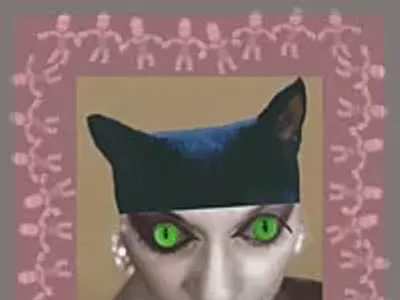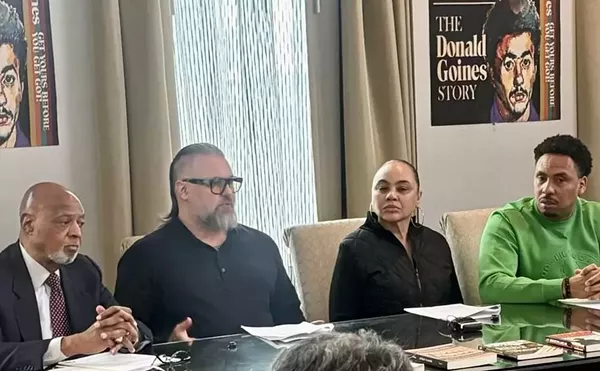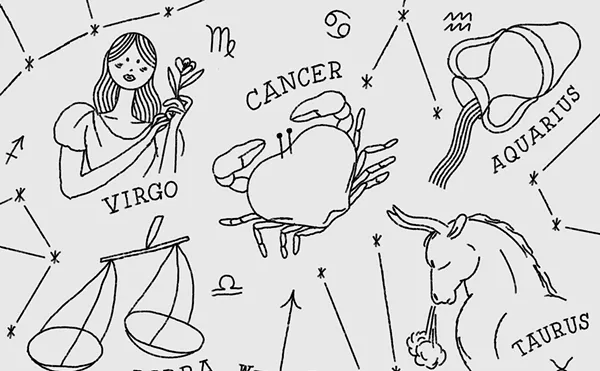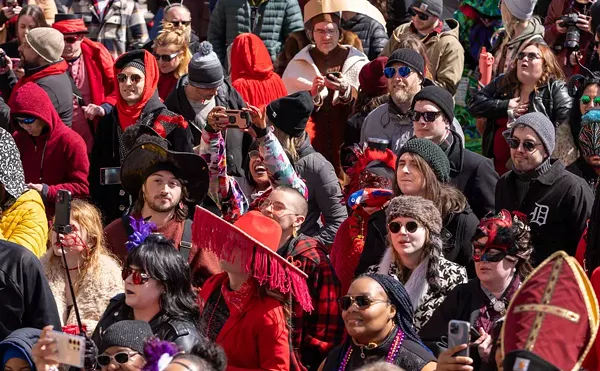Colin Charles Harris is a young man obsessed — but in a good way. Images of common things, transformed into lush secrets and unsettling forms, flood his inner eye. Harris is involved in what might sound like a mythical art project: the single-minded pursuit of hidden realities that he uncovers because of the rigorous way he organizes himself to look for them. What he discovers is always new, as much to himself as to his viewers.
“I still need to explore and expand and keep immersing myself into my work, because I haven’t even come close to where I want to be with it yet,” says Harris, surrounded by festoons of black-matted photographs that shake up what we think we know about the world.
Working with a single 50 mm lens and a bellows attachment that magnifies the look of everyday things out past the strange and into the marvelous, Harris photographs natural objects in ways that leave their usual identities far behind. Rarely do we get even a hint of what these objects were before Harris transformed their mundane faces. In one image, a light green, plantlike form suggests the real thing at its source, but it’s an exception. Instead, there are pictures of places where no one has ever been and dramas that unfold entirely in our minds.
To many this might sound like surrealism, and though there’s some connection between Harris’ project and those of Man Ray and Yves Tanguy, there’s also a strong current of good old abstract expressionism in his work. The organic canvases of American abstractionist Paul Jenkins come to mind as we look at the two images reproduced above (the top one untitled, the bottom one called “Shard”).
Recalls Harris, “When I was a child, my bedroom was my dad’s darkroom … so I looked over his shoulder and I learned how a darkroom worked. I had a camera in my hands, but never really did anything incredibly interesting with it. … Years and years later, when I bought my first camera, I knew that you could only take pictures as good as your lens. You could put the highest quality lens on a shoebox, it wouldn’t matter … the camera body is nothing. The lens is all of it.”
This technical knowledge saturates Harris’ project with a sure sense of the limits of the possible, and with ideas of how he can push them further. But his real goals — the fantastic output of his daily practice — are beyond technique, beyond what any of us think we know.
George Tysh is the Metro Times arts editor. E-mail him at [email protected]





